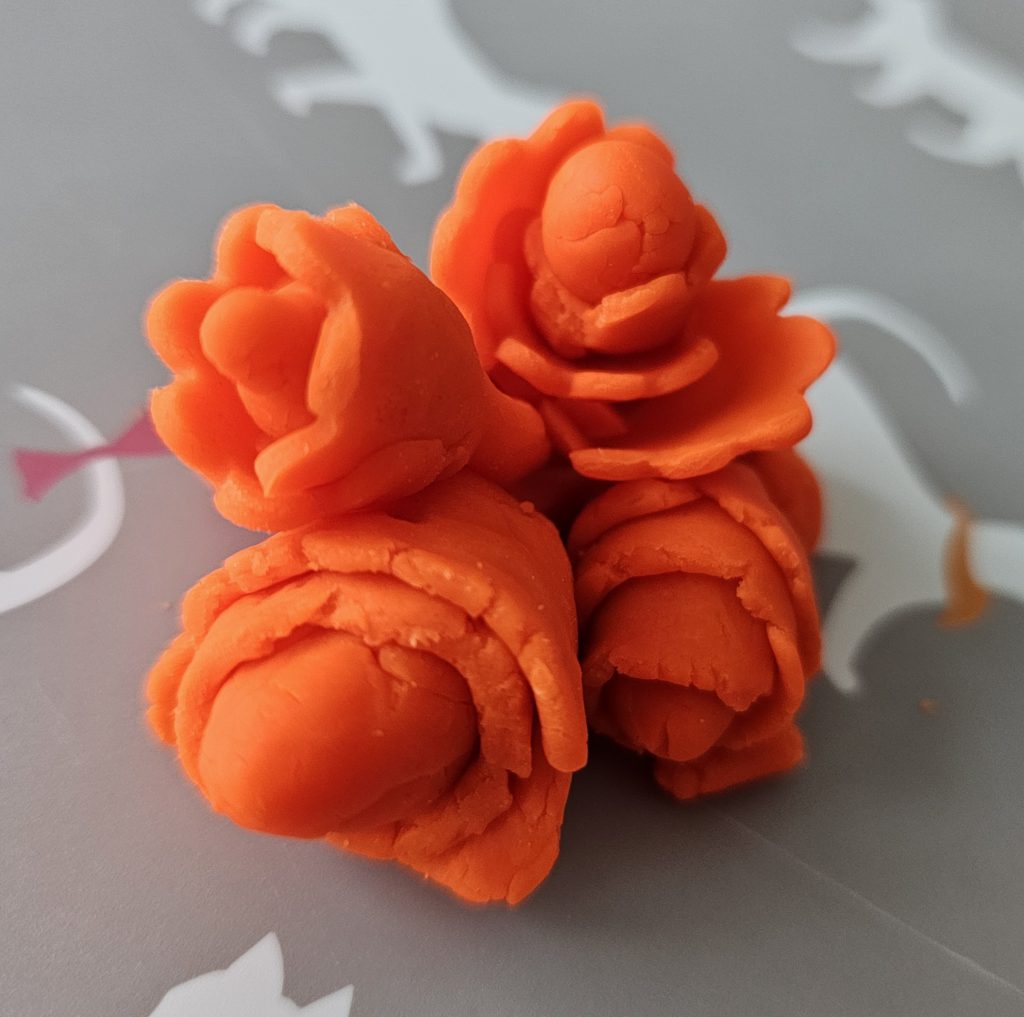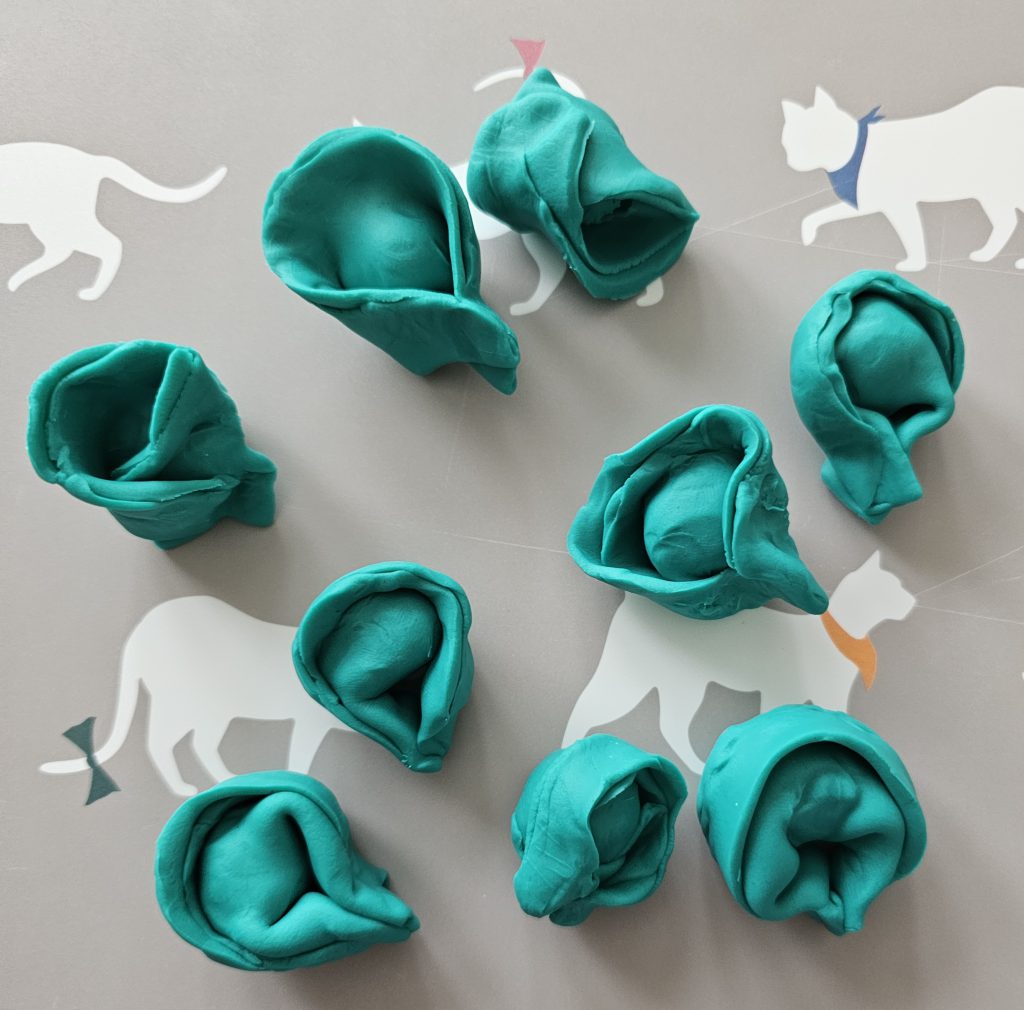
I have gone back to kindergarten, for the third time in my life.
The first time round I was a nervous child sent off, aged 5½, in a school bus where the driver loved to belt out 美麗, 美麗, 我愛你 (beautiful, beautiful, I love you) which was the popular Chinese pop song at the time. If you are of a certain age, you will definitely recognise this song.
Second time round was with great ambition for my own three children.
Third time round is with my ageing mother.
I am no longer nervous or ambitious. I just want my mother to have fun whilst engaging in some activity that helps with manual dexterity and memory. To my own surprise, I still have a lot of patience left in me.
We start off by rolling some Play-Doh flat then using cookie cutters to make shapes.

The human brain is a beautiful thing. I asked my mother to press a tree-shaped cutter into the flattened Play-Doh, hoping for a forest of trees. Instead of repeating with the same cutter, she picked up the other cutters to fill up the space. In doing so the made up a sort of puzzle where the cutters were arranged to fit neatly next to each other.
But the human brain is also a frail thing. No sooner had my mother completed one step than she forgot immediately what that step was. It was not so much a case of teach, make, repeat as repeat, repeat, repeat.
The was fun for 10 minutes but I realised the shapes were not that interesting.
Stage 2 was cutting out triangles to make croissants. I adore croissants and having my regular fix is the only reason I agreed to take statins to keep my cholesterol level in check. Culturally, though, croissants are an alien thing to my mother so it was back to the drawing board. What food would interest my mother enough to make her want to engage with this activity?

Stage 3 was making Chinese wantan / dumplings, first as triangles then progressing to a tortellini shape. We start again with rolling out the Play-Doh, then cutting out round ‘skins’ and using the leftover to make the ‘filling’.
First attempt (the better ones are mine, to use as examples)


Cutting out the wrappers and rolling the filling

Making wantan engaged my mother for an hour and a half. I tell my mother that in China the workers have to make 1,000 of these dumplings by hand every hour (we made 24). She says 真的嗎? / really? I made that figure up, but it does not matter because my mother will not remember it long enough to pass the misinformation on.
One tub of 4-ounce (100g) Play-Doh yields 12 dumplings. When it came to practising our second batch I asked my mother to squish the dumplings to roll out again. She reacted in a protective manner over the existing dumplings so we used a new tub of Play-Doh to make more.


The next day we tried to make some flowers, when I realised my mother was tiring of Play-Doh, so we did a puzzle and played with cards.

By the end of this trip I hope to invite friends round to make real dumplings for a communal lunch. I had done this before and it was very successful but a) it was nine years ago and b) when the server crashed on my blog last year I lost a cache of photos. In re-reading the post I realised how even then I had been thinking about keeping the mind active (the post is entitled Dementia Dumplings).
Jeremy Pang in his book Hong Kong Diner: Recipes for Baos, Hotpots, Street Snacks and More (published by Quadrille Publishing, ISBN 978-1849499927) has a section on making different shaped wantans. I don’t have the book with me but remembered enough to shape something decent with the Play-Doh.
When I return to London, I hope to practise until I get the folds and shapes perfect for some real dumplings. None of this matters to my mother, which is why there is such joy in working with an elderly person. Who cares if nothing is perfect? My mother won’t remember this afterwards, so there is no pressure on her, or on me. In fact I think this is the best type of kindergarten experience to have, and I am very fortunate to be going back to school again in a most unexpected manner.
